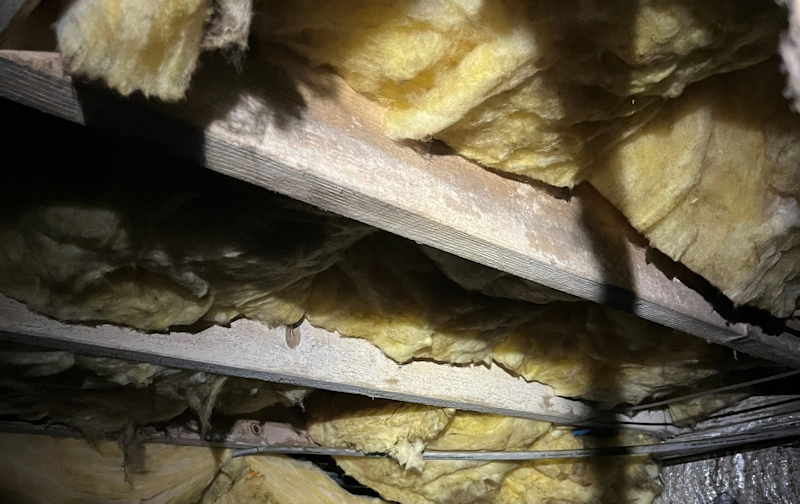Does the thought of looking into your crawl space make you cringe? A musty smell or odd patches on the walls might seem overwhelming, but don’t panic! Understanding the differences between fungus and mold can help you manage the situation and keep your home safe.
What Are Fungus and Mold?
Fungus and mold are both types of fungi, but they are not the same.
- Fungus: A wide group of organisms that include mushrooms, molds, and yeasts. Fungus plays a natural role in breaking down organic matter and grows in forests, gardens, and homes.
- Mold: A specific type of fungus that forms multicellular filaments called hyphae. Mold tends to be more problematic in homes, especially in moist areas like crawl spaces.
While fungus may not always be harmful to your health, mold can spread quickly, damage your home, and pose significant health risks.
How to Identify Fungus in a Crawl Space
Fungus often appears as a white or gray powdery substance on wood, insulation, or the soil in your crawl space. It may also produce a musty odor. While not as harmful as mold, it can reduce air quality and weaken your home over time.
Common Causes of Fungus in a Crawl Space:
- High moisture levels
- Poor ventilation
- Organic materials like wood or dirt
How to Fix Fungus in a Crawl Space
- Eliminate moisture: Check for leaks or standing water and fix them promptly.
- Install a vapor barrier: Use a plastic or foil sheet to block moisture from entering your crawl space from the soil.
- Improve airflow: Add vents or fans to keep air circulating.
- Call professionals: If fungus is visible, hire a professional to clean it up and inspect for hidden issues.
How to Spot Mold in a Crawl Space
Mold is more dangerous than fungus. It releases allergens, irritants, and toxins called mycotoxins. Crawl spaces with dark, damp conditions provide the perfect environment for mold to thrive.
Signs of Mold in Your Crawl Space:
- Black, green, or white patches on walls, insulation, or wooden beams
- A strong musty odor
- Allergic reactions like sneezing, coughing, or itchy skin
Common Types of Crawl Space Mold
- Black Mold (Stachybotrys chartarum): Highly toxic and harmful to health.
- White Mold (Cladosporium): Common and fast-spreading.
- Green Mold (Aspergillus): Can cause respiratory issues.
How to Fix Mold in a Crawl Space
- Control moisture: Repair leaks, use a dehumidifier, and improve drainage.
- Hire a mold remediation expert: Professionals will clean and sanitize the affected areas thoroughly.
- Prevent future growth: Use mold-resistant materials and ensure proper ventilation
FAQs About Fungus and Mold in Crawl Spaces
Q: How can I tell the difference between fungus and mold?
A: Fungus is usually white or gray and powdery, while mold appears as black, green, or white patches. Mold is more likely to cause health problems and spread rapidly.
Q: What causes fungus and mold to grow in crawl spaces?
A: Both thrive in dark, damp environments with poor ventilation. High humidity, leaks, and organic materials like wood encourage their growth.
Q: Can I remove mold or fungus on my own?
A: It’s best to call professionals. DIY methods might not fully resolve the issue and can spread spores into your home.
Q: How can I prevent fungus or mold from returning?
A: Keep your crawl space dry by fixing leaks, installing a vapor barrier, improving ventilation, and using a dehumidifier.
Final Thoughts
Understanding the difference between fungus and mold in your crawl space is the first step to protecting your home and family. Acting quickly when you notice signs of either can prevent bigger problems later.
If you suspect mold or fungus in your crawl space, don’t wait—contact us today for expert help!
NEED HELP?
If you live in Southern Maryland, or Northern Virginia
FIND YOUR SOLUTION HERE
People, Pet & Pollinator Safe! Pest control for people who care.
